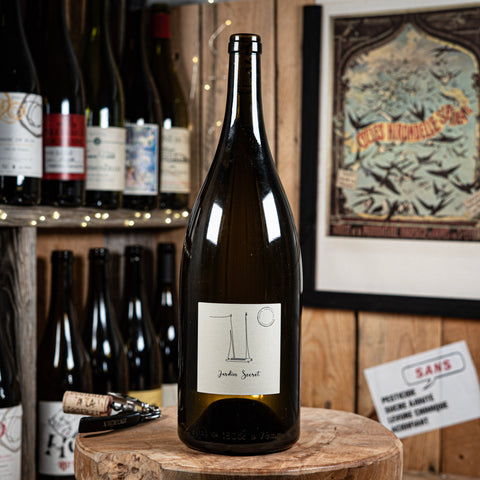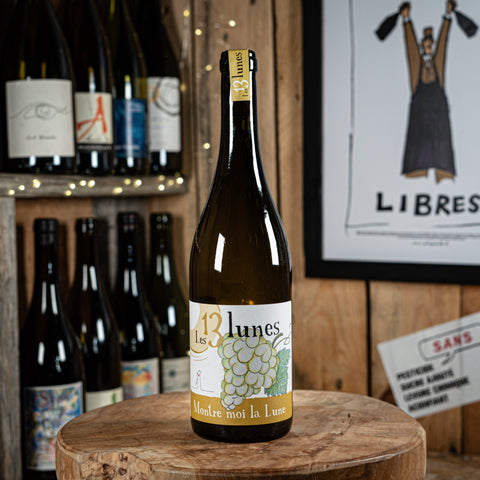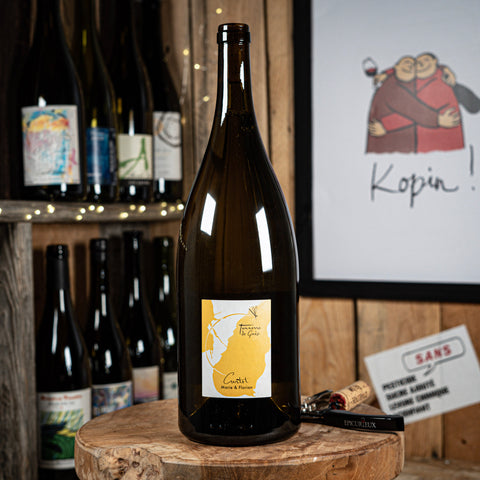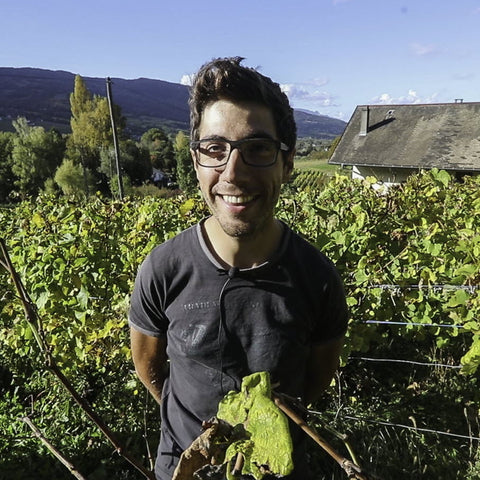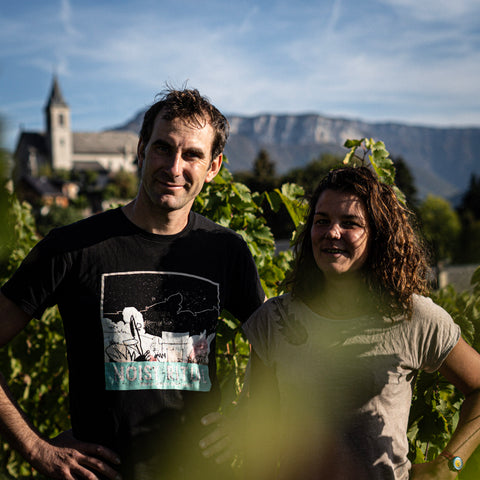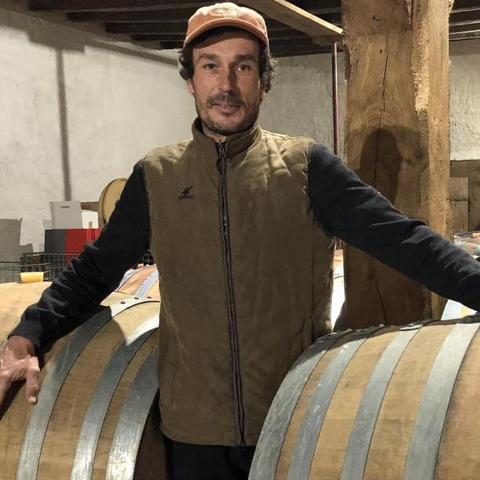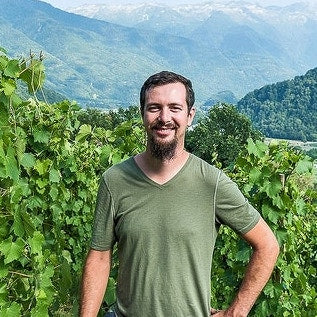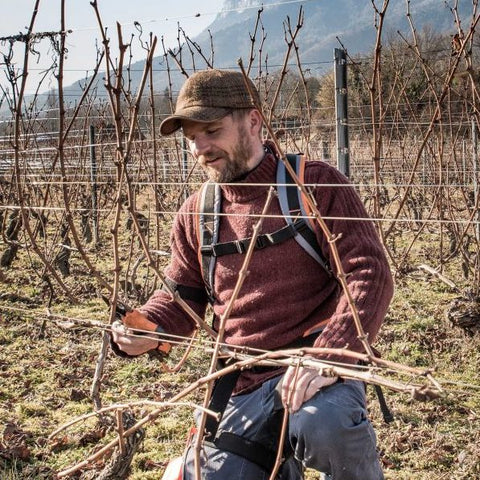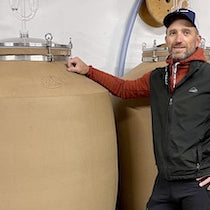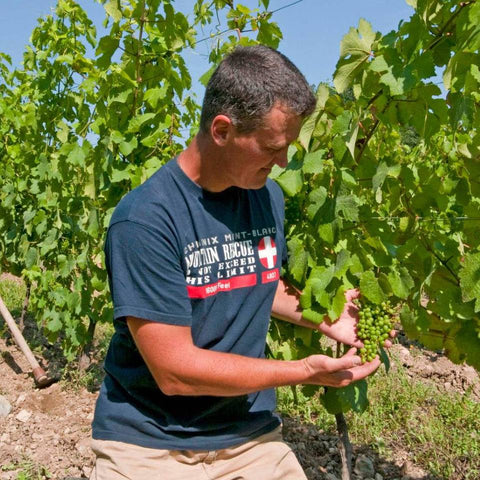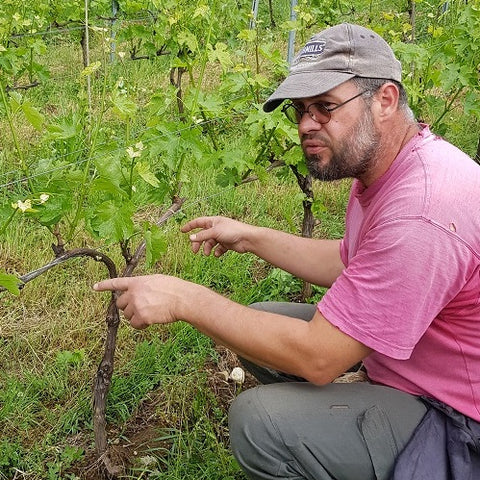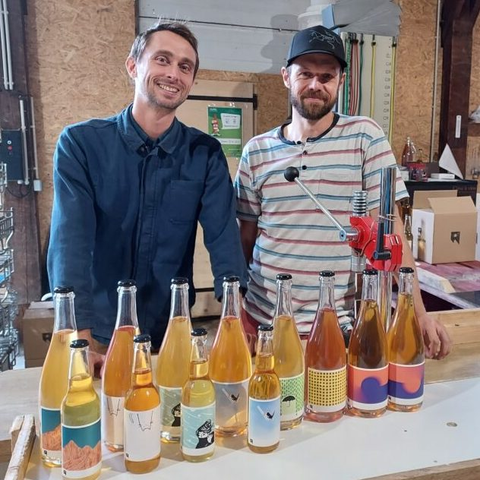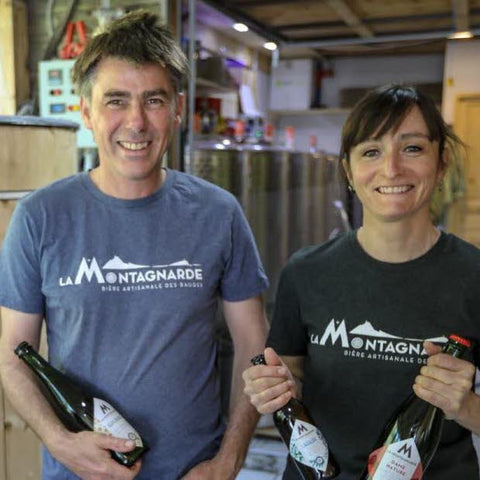22 products
All About Dry White Wines from Savoie
What Are the White Wines of Savoie?
The dry white wines from Savoie come under many renowned appellations, such as Apremont, Chignin, Abymes, and Saint-Jeoire-Prieuré. These appellations highlight different facets of local grape varieties, each adapting to specific terroirs. The Jacquère grape, for example, produces lively and mineral wines, especially in Apremont, while Roussette and Roussanne bring more complexity, as seen in the wines of Chignin-Bergeron. These wines are often crafted by committed winemakers like Nicolas Ferrand or Mathieu and Camille Apffel, who practice organic viticulture or biodynamics to reveal the best of the Savoie terroir.
Which White Wine from Savoie for a Raclette?
To accompany a raclette, a dry white wine from Savoie is the perfect option thanks to its balance of freshness and acidity, which counterbalances the richness of the melted cheese. Wines made from Jacquère grapes, typical of the Apremont appellation, are ideal. Their liveliness and minerality bring an extra dimension to the dish. If you want something more aromatic, a Roussette de Savoie (or Altesse) is an excellent alternative, with fruity and floral aromas that pair wonderfully with the creamy texture of raclette.
What to Pair with Savoie Diots in White Wine?
Diots de Savoie, cooked in white wine, pair perfectly with a dry white wine from Savoie. To complement this rich and savory Savoie dish, a wine like Chignin, primarily made from Jacquère grapes, is an excellent choice. Its freshness and fruity aromas balance the richness of the diots. If you prefer a more structured wine, a Chignin-Bergeron, mainly made from Roussanne, will offer beautiful roundness and more complex aromas, creating perfect harmony with the meat and the cooking wine.
The Grape Varieties of Dry White Wines from Savoie: Richness and Diversity
The dry white wines of Savoie are made from specific grape varieties that showcase the unique terroirs of the region. Jacquère, the dominant grape of the Apremont appellation, gives light, fresh, and lively wines. Roussette (Altesse), flourishing notably in Chignin, produces rich wines, sometimes floral or fruity, which gain complexity with age. Roussanne, mainly grown on the sunny terraces of Chignin-Bergeron, produces more intense and structured wines. Chasselas, on the other hand, is a more subtle grape found in appellations like Ripaille or Marin, offering fine and delicate wines.
Food and Wine Pairings: Dry White Wines from Savoie in the Kitchen
The dry white wines from Savoie are not just for local specialties. Thanks to their acidity and fruity aromas, these wines also pair wonderfully with seafood dishes, lake fish, or light meals like salads or vegetable tarts. Their freshness and minerality also make them perfect partners for summer dishes. Whether it's a simple meal or a grand occasion, these wines showcase the richness and diversity of Savoie cuisine and beyond.





